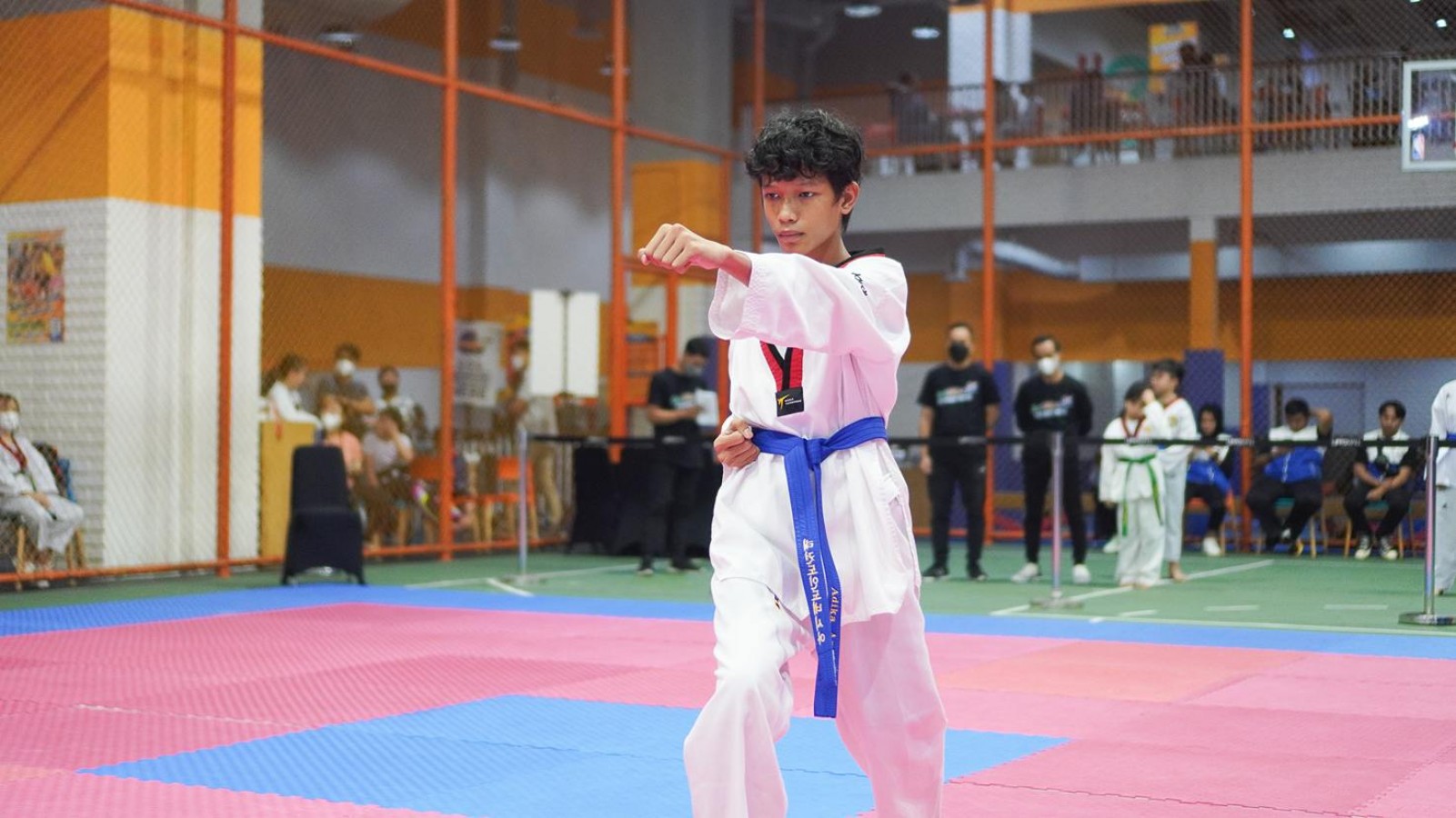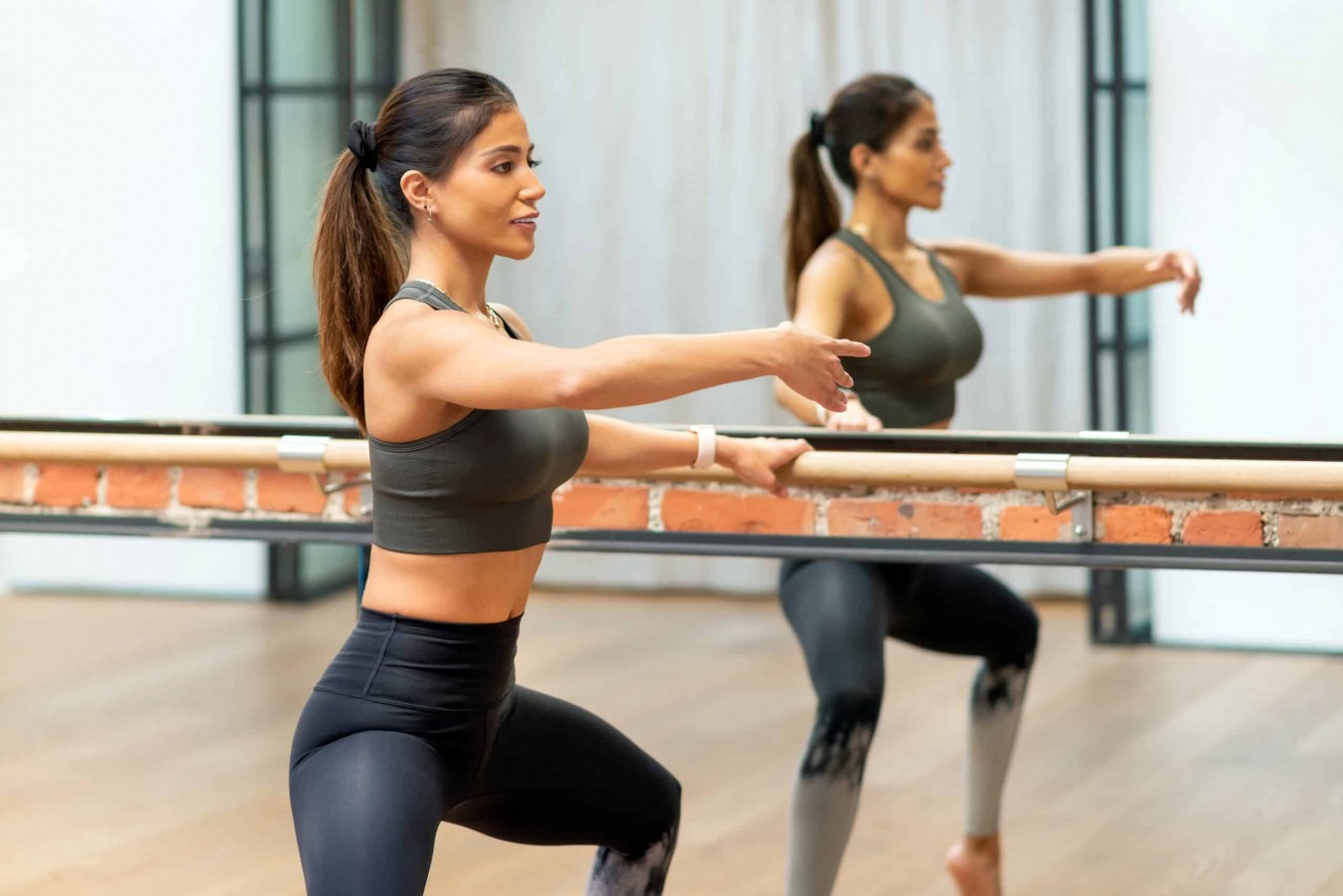Poomsae: Learn the Fundamental and Its Benefits

Poomsae offers practitioners a structured way to learn and master the art's techniques and movements. By practicing poomsae, you can develop precision, balance, and coordination, making it an essential component of Taekwondo training.
This article delves into the fundamentals of poomsae, exploring the various forms and the myriad benefits it provides to practitioners. Understanding poomsae can enhance your Taekwondo journey, improving both your physical abilities and mental discipline.
What is Poomsae?
Poomsae is also known as forms or patterns. They are choreographed sequences that simulate combat against imaginary opponents. Each movement in a poomsae represents a specific attack or defense technique, executed with precision and control.
Poomsae is fundamental in Taekwondo as it helps practitioners internalize techniques, improve their form, and develop a deeper understanding of martial arts principles.
The Classification of Poomsae
Poomsae is categorized into distinct groups based on difficulty and the practitioner's rank. Understanding these classifications helps martial artists progress effectively through their training journey.
1. Kup Grader's Poomsaes
The Kup grader's poomsaes encompass the Taeguk series, numbered from 1 (Il Jang) to 8 (Pal Jang). These forms are designed for practitioners holding colored belts, from white through red.
Each Taeguk poomsae introduces progressively more complex techniques and combinations, serving as milestones in a student's journey towards mastering fundamental Taekwondo skills.
Examples include Poomsae Taeguk Ee Jang, Poomsae Taeguk Sam Jang, and Poomsae Taeguk Yuk Jang, each focusing on specific aspects of technique, balance, and sequence.
2. Dan Grader's Poomsaes
On the other hand, the Dan grader's poomsaes are reserved for practitioners who have attained black belt status. These forms include Koryo, Keumgang, Taebaek, Pyongwon, Sipjin, Jitae, Chonkwon, and Hansu, among others.
Dan poomsaes are characterized by their advanced techniques, intricate movements, and deeper philosophical meanings. They require a high level of skill, precision, and understanding of martial arts principles.
Each Dan poomsae represents a significant step in the practitioner's journey towards mastery and serves as a platform for demonstrating technical proficiency and artistic expression in Taekwondo.
How to Train Poomsae
Training in poomsae requires dedication, attention to detail, and consistent practice. Here’s a structured approach to effectively train in poomsae:
A. Learning the Pattern
The first step in training poomsae is to diligently learn and memorize the sequence of movements. Concentration of spirit, focus of the eyes, and precise angles of each movement must be emphasized.
This initial stage focuses on achieving accuracy in executing techniques, ensuring that every taekwondo stance, block, and strike is performed correctly.
B. Understanding the Significance
Once the pattern is learned, the focus shifts to understanding the deeper significance of each movement. Emphasis is placed on balance, strength, speed variations (low or high), and controlled breathing.
You must grasp the purpose and connection between movements within the poomsae, ensuring fluidity and coherence in the entire sequence. This stage also involves learning the poomsae line, which dictates the path and direction of movement.
C. Adapting to Practical Use
The next step is to adapt what has been learned to practical applications. Practitioners analyze the practicality of each technique and movement sequence in simulated combat scenarios.
This phase helps refine techniques for effectiveness in real-world self-defense situations, enhancing their martial arts skills beyond mere performance.
D. Developing Self-Style
Lastly, practitioners evaluate and adapt the techniques to fit their own physical attributes and personal style.
This involves assessing how well techniques align with individual body structure, speed, strength, and muscle capabilities.
Adjustments are made to optimize techniques for personal proficiency, ensuring they are executed with maximum efficiency and effectiveness.
The Benefits of Doing Poomsae
Practicing poomsae offers a wide range of benefits that contribute to both physical and mental well-being. Here are the key advantages of incorporating poomsae into your martial arts training:
1. Technical Mastery and Safety
Poomsae is a collection of martial arts techniques. It was created in times when people couldn't easily write things down. Many of these techniques, if performed with full force, would be too hazardous for sparring.
By practicing poomsae slowly and repeatedly, you can imprint these patterns into muscle memory. This allows them to execute complex moves effectively and instinctively, enhancing their readiness for real combat situations.
2. Physical Conditioning
Poomsae is exceptional for physical fitness. Practitioners endure stances and movements that build balance, muscle control, and endurance.
The practice can be adapted to be either isometric (holding poses) or isotonic (dynamic movements), providing cardiovascular benefits, strengthening muscles through a full range of motion, and developing fast-twitch muscle responses.
3. Mental and Character Development
Beyond physical benefits, poomsae cultivates significant mental and character-building qualities. Practitioners develop perseverance, focus, attention to detail, mindfulness, and self-discipline.
Unlike competitive aspects of Taekwondo, poomsae challenges individuals to compete against themselves, fostering a mindset of continual improvement and excellence in all aspects of life.
4. Self-Discipline and Continuous Improvement
Regular poomsae practice instills self-discipline by requiring consistent effort from both mind and body to refine and perfect techniques.
Instructors often encourage students to practice poomsae outside of class to maximize these benefits, reinforcing the idea of self-investment in physical, mental, and character development.
Explore the Art of Poomsae!
Poomsae offers a structured approach to mastering the art's techniques while providing numerous physical, mental, and emotional benefits. Embrace the discipline and artistry of poomsae, and experience the profound impact it can have on your martial arts practice and overall well-being.
Experience the dynamic Martial Arts Program at Rockstar Academy, where students delve into the art of Taekwondo amidst a vibrant Sports & Performing Arts Academy atmosphere.
Our program not only emphasizes technical proficiency but also fosters personal growth through dedicated training and participation in events like Taekwondo testing and the prestigious RockOlympic competitions.
Whether you're honing your skills in sparring, perfecting poomsae forms, or exploring self-defense techniques, our dedicated instructors ensure every student reaches their full potential.
Curious to start your journey? Sign up now for a free trial and discover firsthand how our Martial Arts Program can elevate your skills and empower your spirit!
FAQ
How many poomsae are there in Taekwondo?
In Taekwondo, there are a total of 24 recognized poomsae. These are divided into two main categories: the Taeguk poomsae (1 through 8) for colored belt practitioners and the Dan poomsae (Koryo through Ilyo) for black belt practitioners.
How to practice poomsae?
Practice poomsae by learning and memorizing the sequence of movements, focusing on precision, balance, and technique. Regular repetition builds muscle memory and proficiency.



